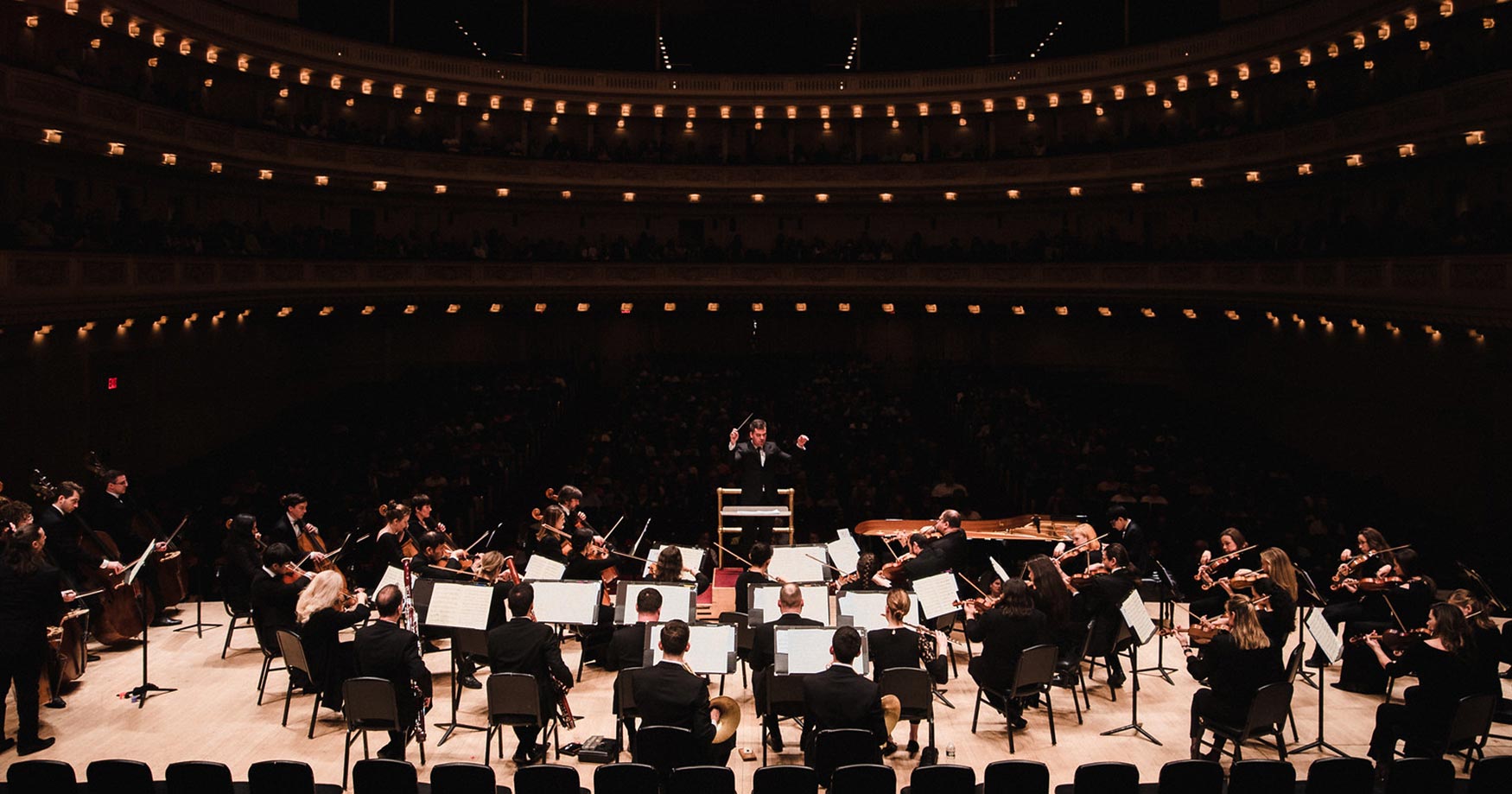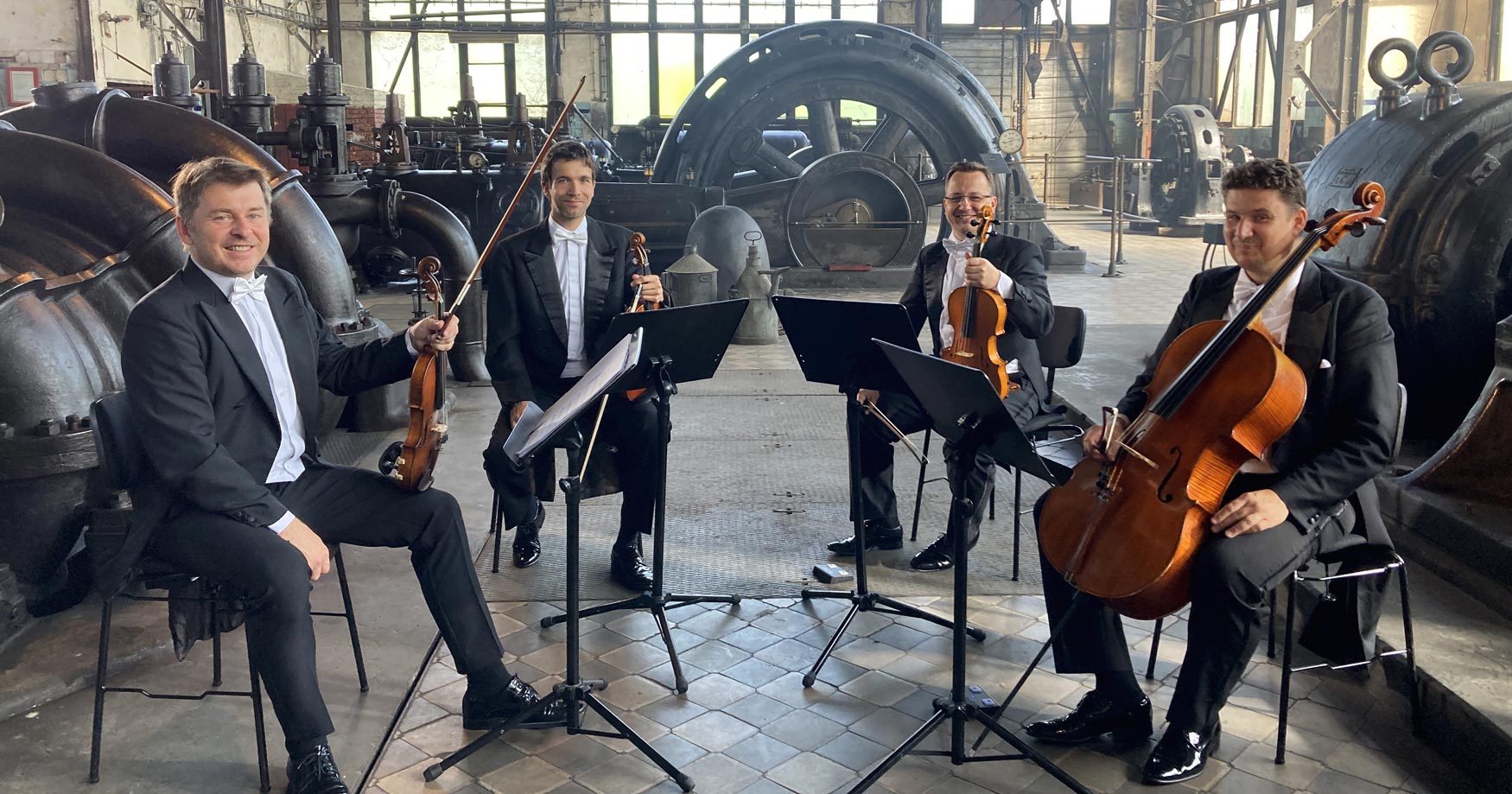On February 16, the music of four PARMA composers will fill the halls of New York City’s historic Carnegie Hall. Programmed as part of PARMA ongoing Performance Outreach Program (POP) and hosted by Distinguished Concerts International New York (DCINY), the concert presents music from Rain Worthington, Mark McEncroe, Arthur Gottschalk and Sergio Cervetti, under the baton of maestro Michael Adelson. Adelson, DCINY’s Assistant Artistic Director, is a passionate educator with a dedication to contemporary music and composers.
Each of the four PARMA composers involved offered their thoughts on the event:
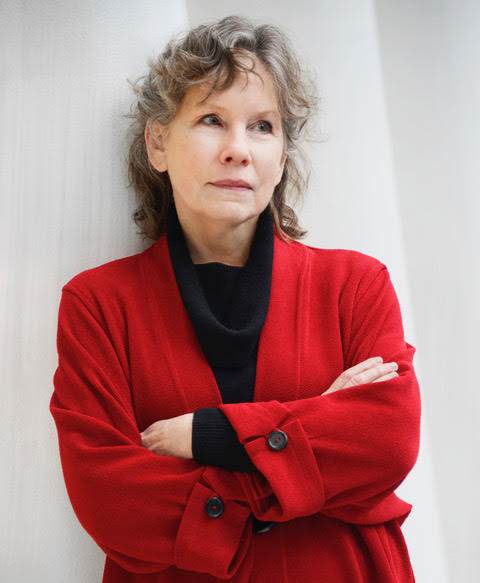
Rain Worthington
Still Motion
Like most, if not all, composers, the trajectory of my artistic path has been shaped by numerous challenges, opportunities, forces, and people that have come my way. Being a woman composer in contemporary music who is also self-taught in composition presented its own unique set of challenges and opportunities. Looking back, it is amazing to view the path my music has taken — from solo piano loft concerts in NYC before I knew how to notate music, to performing with East Village bands in downtown clubs, to orchestra premieres in the United States, Italy, and Brazil, and now to here, a performance at Carnegie Hall.
David Osenberg did a cool 2-part interview on my path as a composer on his show “Cadenza” on WWFM, The Classical Network.
About the piece in this concert: I draw inspiration from emotions that are often familiar human experiences. So, I believe the program note for Still Motion speaks to that universality of emotional experience. The inspiration for Still Motion arose from a combination of sorting through the emotional residue of year’s end and the impatient desire to move ahead with life with a new year’s beginning. It is a mix of edgy energy, reflective sadness, and strength of conviction.
Here’s a video I created a while back using the opening excerpt of Still Motion. Curiously, the title of the DCINY concert is “Perpetual Light,” which seems synchronistically fitting with this video:
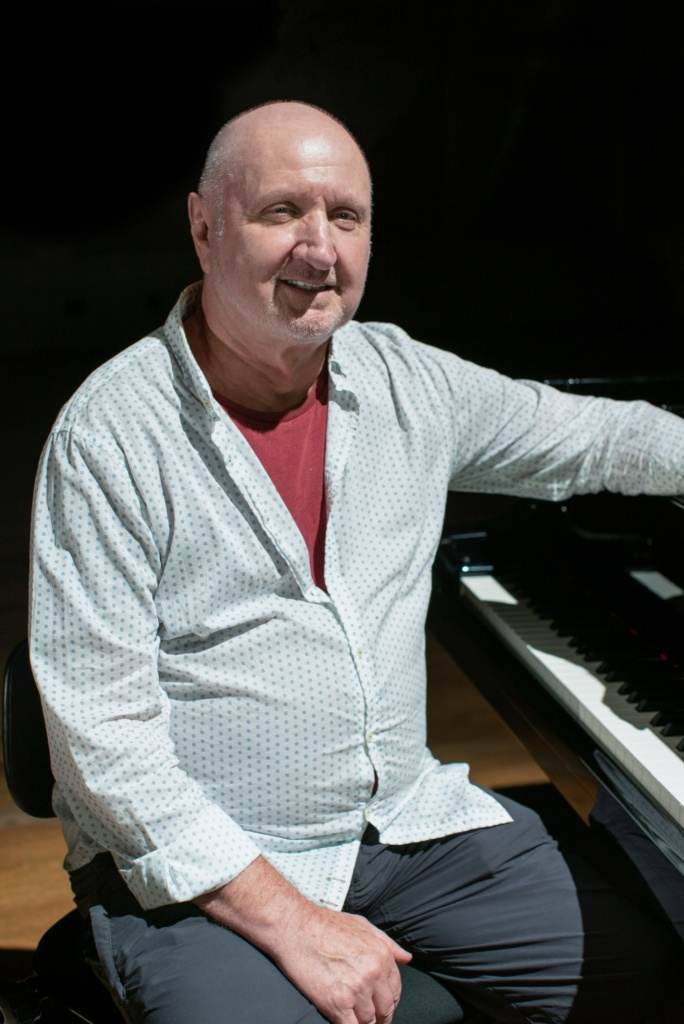
Mark John McEncroe
2 Symphonic Pieces
The two pieces being performed are specially orchestrated versions of two of my piano pieces. Dance of The Pagans from REFLECTIONS & RECOLLECTIONS VOL. 2 and Storm Clouds Approaching from my VOL. 3 PIANO WORKS to be released by PARMA later this year. I came to composing later in life, having had a varied career as a chef and a record company executive for EMI in Australia and Sweden. I had a few other jobs along the way too that would probably best not be mentioned here as well; however…
The point I’m making is, having started my musical journey so late, I would never have expected in my wildest dreams that some of my music would ever be performed at Carnegie Hall. In my very early composing days I would lie on the couch listening back to some of my recorded demos thinking perhaps “one day other people should hear some of this too”; well that’s exactly what has happened. I just put one foot in front of the other and kept going, not listening to negativity, and here I am, with my music being performed at Carnegie Hall. As the Nike ad says “Just DO It.”
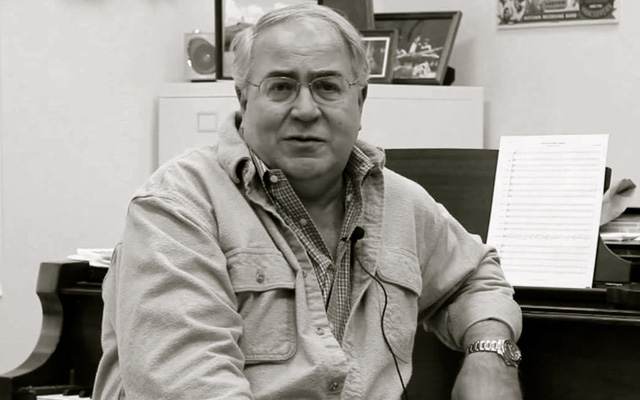
Arthur Gottschalk
Tebe Boga
Stern Auditorium, in New York City’s Carnegie Hall, is one of the greatest acoustic environments for music in the world. Many attempts have been made to replicate it, but so far with limited success. It seems that there may be some magic involved, perhaps. So anytime an opportunity arises to have an orchestral performance in Stern Auditorium, it becomes a great occasion, and not just another performance. Orchestras themselves love to play the hall, as it is warm and forgiving, and the musicians get excellent acoustic feedback while they are playing. Thus, they tend to rise to a higher level when they play there, so it is a win-win-win: for composers, performers, and audiences alike. Add to that the venue’s legendary history, and it is magic, indeed.
And, by now, everybody knows how to get to Carnegie Hall — right?
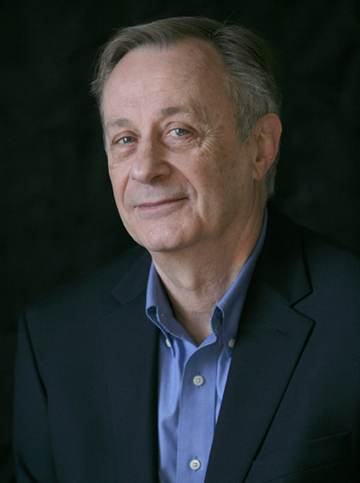
Sergio Cervetti
“There are lands beyond this city” from Elegy for a Prince
Act II, Scene 9 from Elegy for a Prince
A shared love of Oscar Wilde’s fairy tale “The Happy Prince” was the genesis for Elegy for a Prince, an opera in two acts on which I collaborated with librettist Elizabeth Esris. We both loved the tale as children — myself in my native Uruguay and Elizabeth in Philadelphia. When I approached Elizabeth about a collaboration, we marveled at the similar impact “The Happy Prince” had on our formative years. We both recalled being drawn to the whimsy in the relationship of the statue of the Prince and the Swallow and at the same time touched by the compassion and humanity intrinsic to the tale.
I’d describe the music in Elegy for a Prince as neo-Romantic with flights of minimalism. I seemed to hear the music in the characters, as Elizabeth put it. She has pointed out that Elegy for a Prince has moments of joy, sorrow, humor, and cynicism that emerge from characters both whimsical and real. “Even without words” she said, “the music describes those moments.”
Both Elizabeth and I are honored that Elegy for a Prince will become part of the exquisite history of performance at Carnegie Hall. In its mission to “bring the transformative power of music” to audiences, Carnegie Hall has been a touchstone for musicians throughout the world, dating from that first concert in 1891. We applaud its desire “to foster the future of music through the cultivation of new works, artists, and audiences.” We both look forward to the day when a full production of Elegy for a Prince will be realized. The bittersweet, meaningful message of the opera’s story takes on special significance in today’s marginalized world. It is our hope that the DCINY concert at Carnegie Hall is an important step toward that dream.
